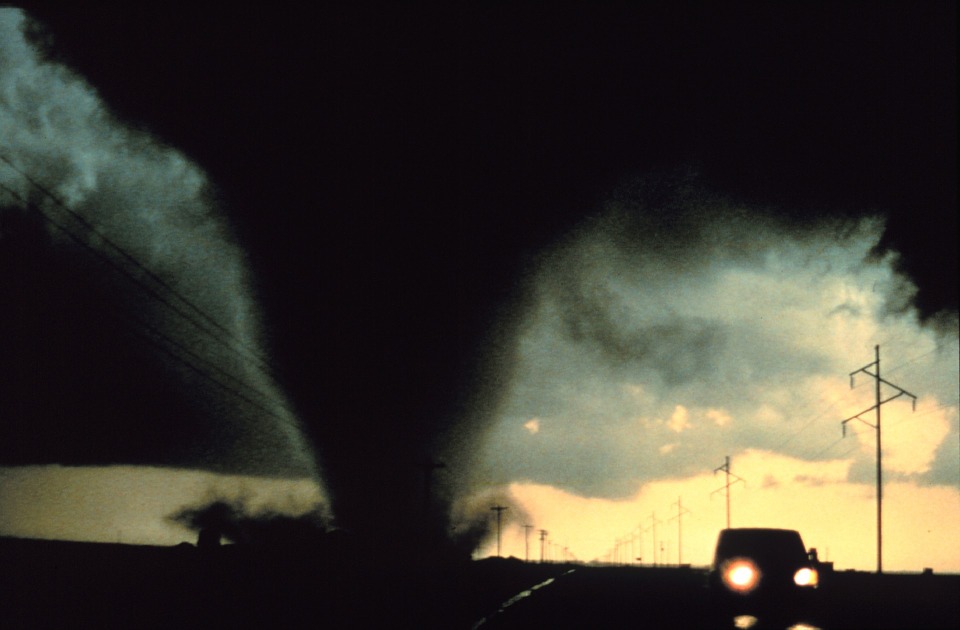Useful now and later: Planting trees adds immediate value and preps your setup for when SHTF
08/07/2019 / By Edsel Cook

Fruit-bearing and nut-producing trees require a lot of investment from a prepper at the very beginning. But after they get planted and grow up, the food-producing trees pay for themselves over many years, especially when SHTF.
A food-producing tree is a valuable addition to any garden during ordinary times. It becomes indispensable during sudden shortages of food and other crises.
Planting as many food-bearing trees as possible at home and near a bug-out shelter provides food security for the prepper in the long run.
Trees provide a regular supply of fresh food for their owners. The harvested fruits and nuts may be eaten, sold at the local market for a profit, or preserved for future consumption and use.
They increase the shade of an area, making it more comfortable during the day. Trees help a prepper save on electricity by naturally cooling a building or house.
Trees also attract and house wildlife like birds and deers. A prepper may admire wild animals in their natural habitat or take advantage of the fresh meat that comes his way.
Even food-producing trees will look good if they get plenty of care. Healthy trees will improve the appearance of a homestead and the mood of the homesteader.
Finally, a prepper may trade the produce of his fruit trees and nut-bearing trees for other goods and services. If he knows how to graft and bud parts of a tree onto another plant, he can also offer saplings. (Related: Can you survive on your own garden if you need to? Having a productive garden could make or break your survival.)
Start a grove of food-producing trees for long-term prepping
A prepper starts the process by selecting the fruit-growing or nut-growing trees that he wants or needs. Try to pick species that will grow well in the soil and climate of the area.
Then comes the massive chore of getting the saplings, transporting them to their location, and planting them. But once the trees are in the ground, they more or less take care of themselves.
Early spring is the best time to plant trees. They will enjoy a full year’s worth of growth.
If the soil lacks sufficient nutrients, a prepper will have to enrich it with fertilizer. Use natural fertilizers as much as possible.
In general, there is no need to water trees. Droughts are one exception – watering food-bearing trees during these periods will increase the yield of their produce.
Saplings and younger trees are more vulnerable to drought than the older plants. Their roots have not grown and gone deep enough into the ground to reach the cooler, wetter layers of soil.
Set up an irrigation system to ensure young trees get enough water. If the prepper keeps any roofed buildings nearby, he may modify the roofs to collect rainwater and funnel it into a drip irrigation system.
Other tips for tree care
Each tree requires minimal upkeep from time to time. Prune them at least once a year. Late winter is a good time.
To keep weeds out, use mulch instead of toxic, expensive herbicide. Put down mint, peas, and other plants that support the health of the trees.
Protect the trees against harmful wildlife. Set up sturdy fences to keep large animals away. Put protective sleeves around the lower part of the trunk to deter small mammals from chewing on it.
If any fruit drops to the ground, turn it into compost. The natural fertilizer will nourish the tree it came from.
Trees are well worth the hefty initial investment. Figs and other food-bearing trees will keep a prepper nourished and comfortable, especially after SHTF.
Sources include:
Tagged Under: benefits of trees, food security, fruit trees, homesteading, planting trees, preparedness, Preppers, prepping, SHTF, useful trees
RECENT NEWS & ARTICLES
COPYRIGHT © 2017 PREPAREDNESS NEWS


















